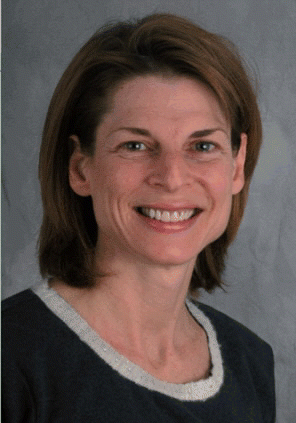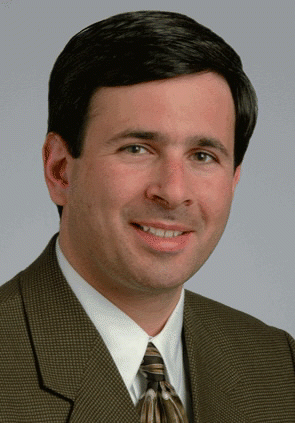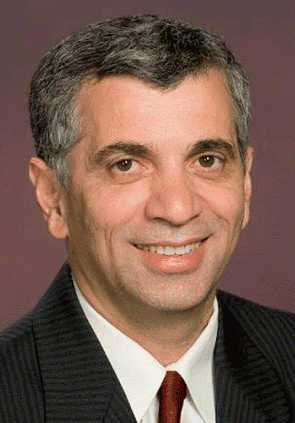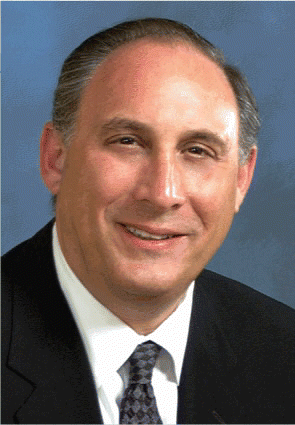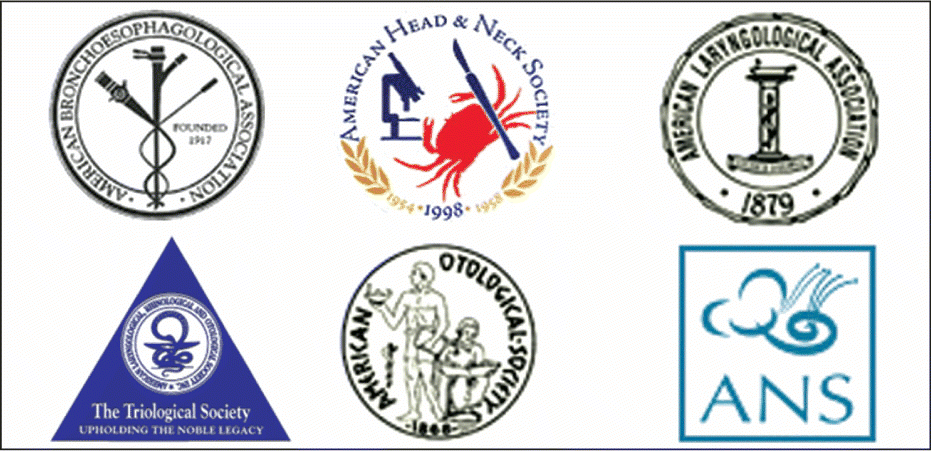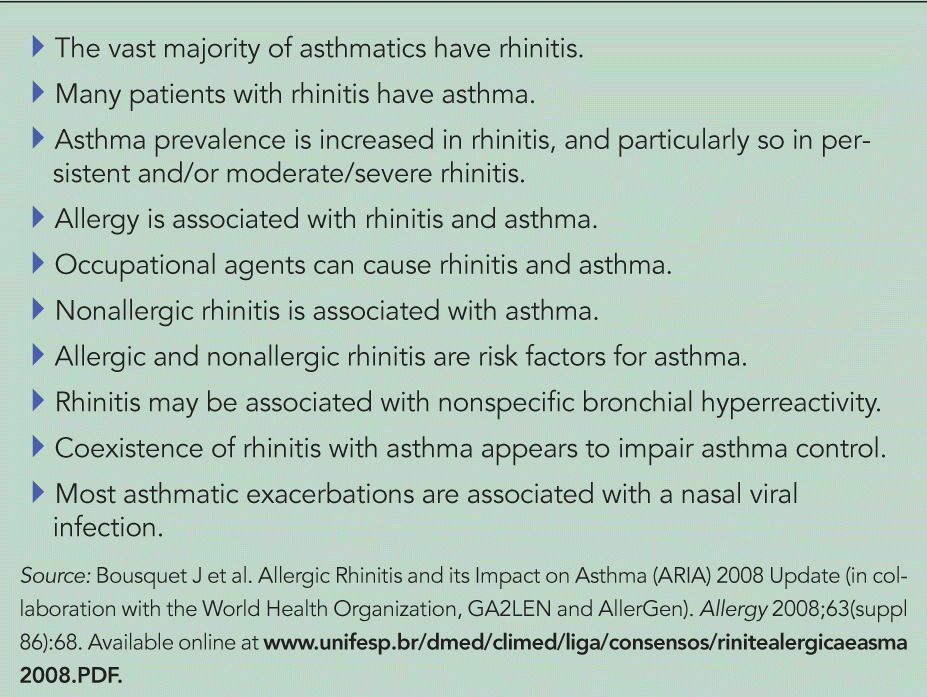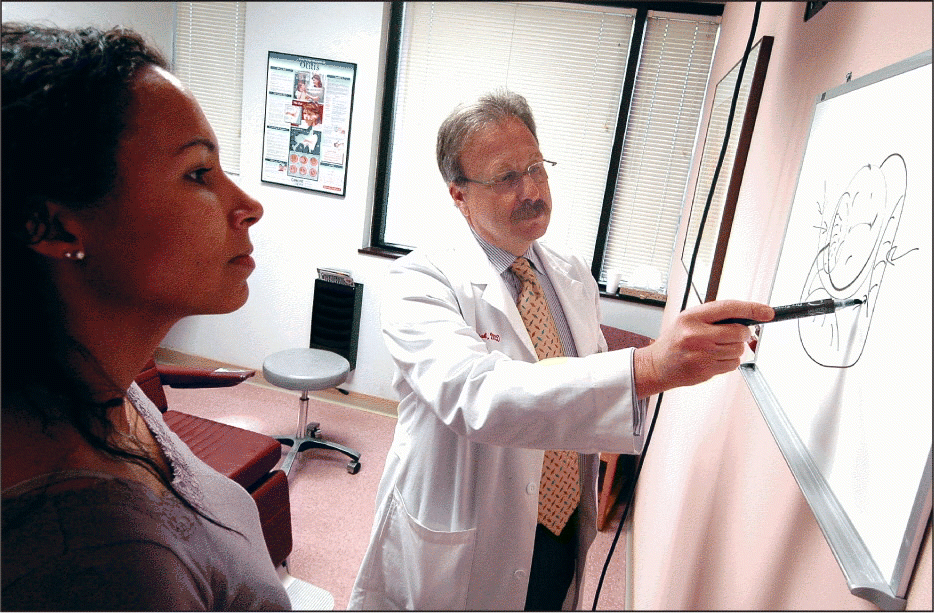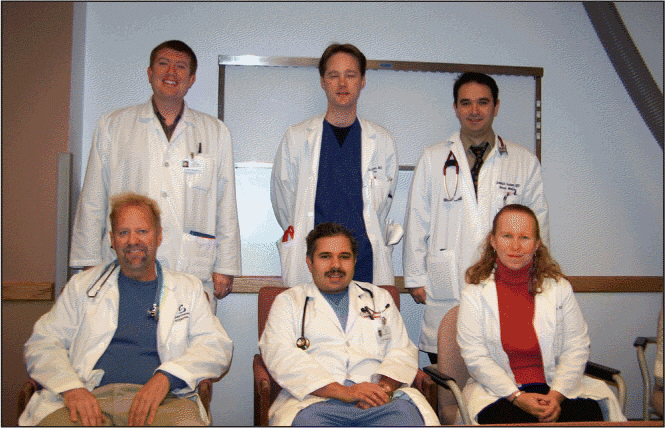Few medical conditions that otolaryngologists treat possess the breadth of heterogeneity of vascular anomalies. The size of lesions ranges from minute to massive, and the manifestations range from trivial to life-threatening, with the severity of symptoms not always proportional to the size of the lesion.
